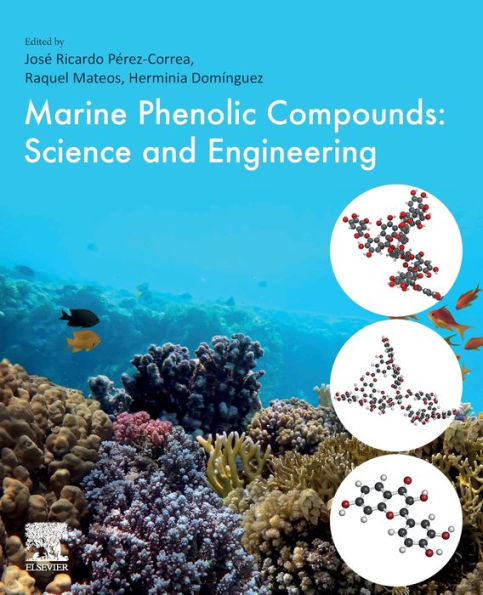Marine Phenolic Compounds: Science and Engineering
Marine Phenolic Compounds: Science and Engineering is a comprehensive resource on these secondary metabolites. Phenolic compounds are secondary metabolites with increasing scientific, commercial and general population interest for their wide distribution, variety and potential applications Less studied than terrestrial sources, marine organisms contain highly interesting phenolic compounds due to their exclusive structures. In addition, the distinctive features of the marine solid matrix, requires novel process technology approaches. The high productivity of marine biomass makes it a renewable source of valuable components with potential for commercial applications.
1142508806
Marine Phenolic Compounds: Science and Engineering
Marine Phenolic Compounds: Science and Engineering is a comprehensive resource on these secondary metabolites. Phenolic compounds are secondary metabolites with increasing scientific, commercial and general population interest for their wide distribution, variety and potential applications Less studied than terrestrial sources, marine organisms contain highly interesting phenolic compounds due to their exclusive structures. In addition, the distinctive features of the marine solid matrix, requires novel process technology approaches. The high productivity of marine biomass makes it a renewable source of valuable components with potential for commercial applications.
250.0
In Stock
5
1

Marine Phenolic Compounds: Science and Engineering
538
Marine Phenolic Compounds: Science and Engineering
538
250.0
In Stock

Product Details
| ISBN-13: | 9780128235898 |
|---|---|
| Publisher: | Elsevier Science |
| Publication date: | 02/21/2023 |
| Pages: | 538 |
| Product dimensions: | 7.50(w) x 9.25(h) x (d) |
About the Author
What People are Saying About This
From the B&N Reads Blog
